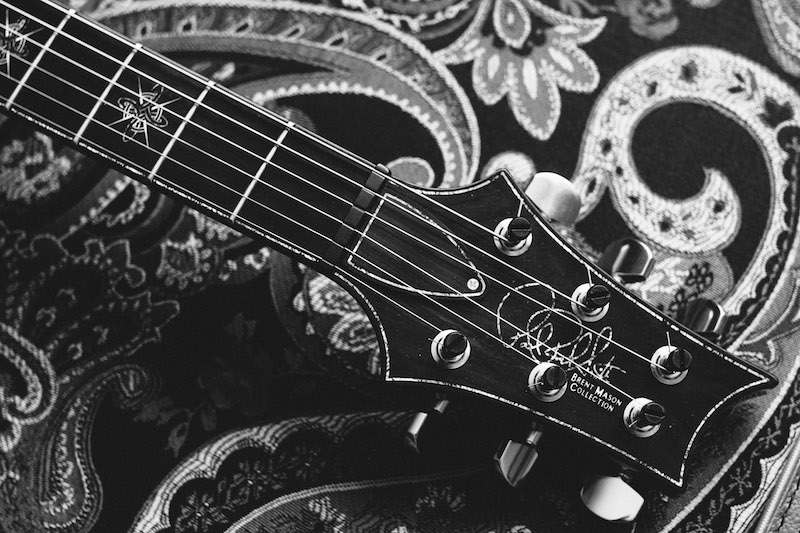Caged is nothing but an unnecessary rehash of stuff that already has been organized in the musical system, and the nature of the instrument.
It’s like deviding the letters of the alphabet in 5 groups and declare you have found a system to help people spell words.
I don't exactly agree. I mean, well, ugh - I do of course somewhat agree, but by that logic, bog standard barré chords would possibly fall under that definition, too.
The idea behind both is: Take an already wellknown shape and move it. Then have a look at how you can modify it. And either model doesn't start with whatever "proper" musical model but with a model working well on guitar in open position.
Add to this that the guitar lends to these kinda approaches because of the easy transposibility.
So, I think that's a pretty valid idea in general, especially as not-so-advanced folks seem to get it quite easily.
What I personally (<-!) however don't exactly get is why some people don't make a "transition" to another more generally valid approach at one point in time. I mean, 4-part 7th chords (likely in their drop 2 incarnations) is something you can easily transfer to other instruments. Same for triads. It's also a means of general music communication. "C-shape in 7th position" doesn't make sense to anyone but a guitar player. Add to this that if you really want to get deeper into things, you will likely have to learn note relations, intervals, scale degrees, inversions and what not anyway.
Whatever, quite some high profiled players seem think all the way in the CAGED system, so it can't be complete nonsense. And in the end, it's mainly just a different POV of one and the same thing, possibly leading you to different playing ideas.
One thing I just never got is how the CAGED model would help you much with any scale related things. Sure, I somehow get it, but I think that more generally applicable ways to organize notes are a better tool.



